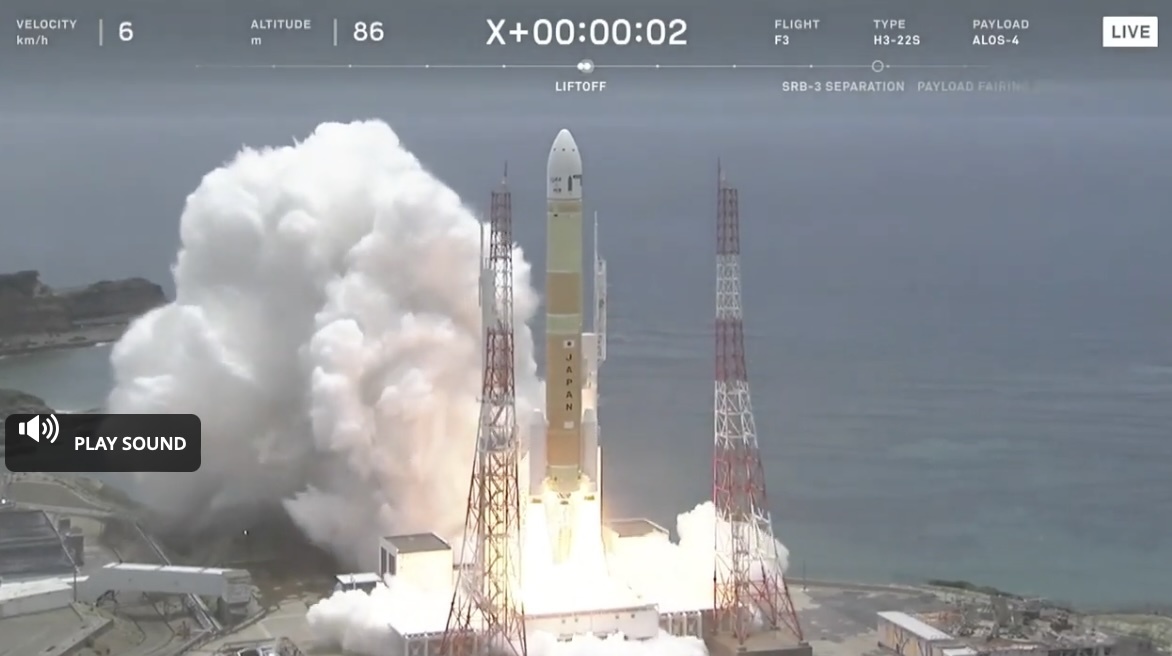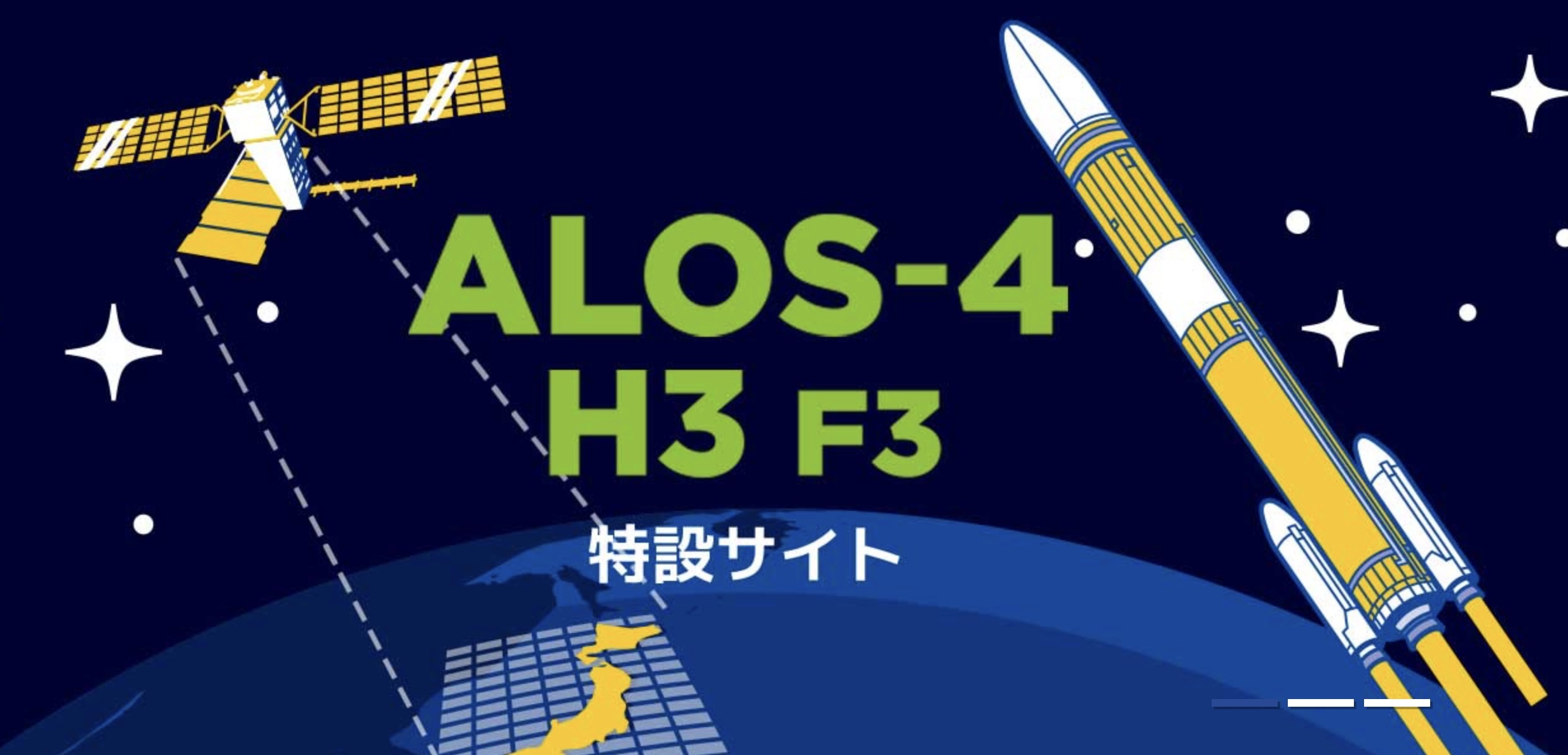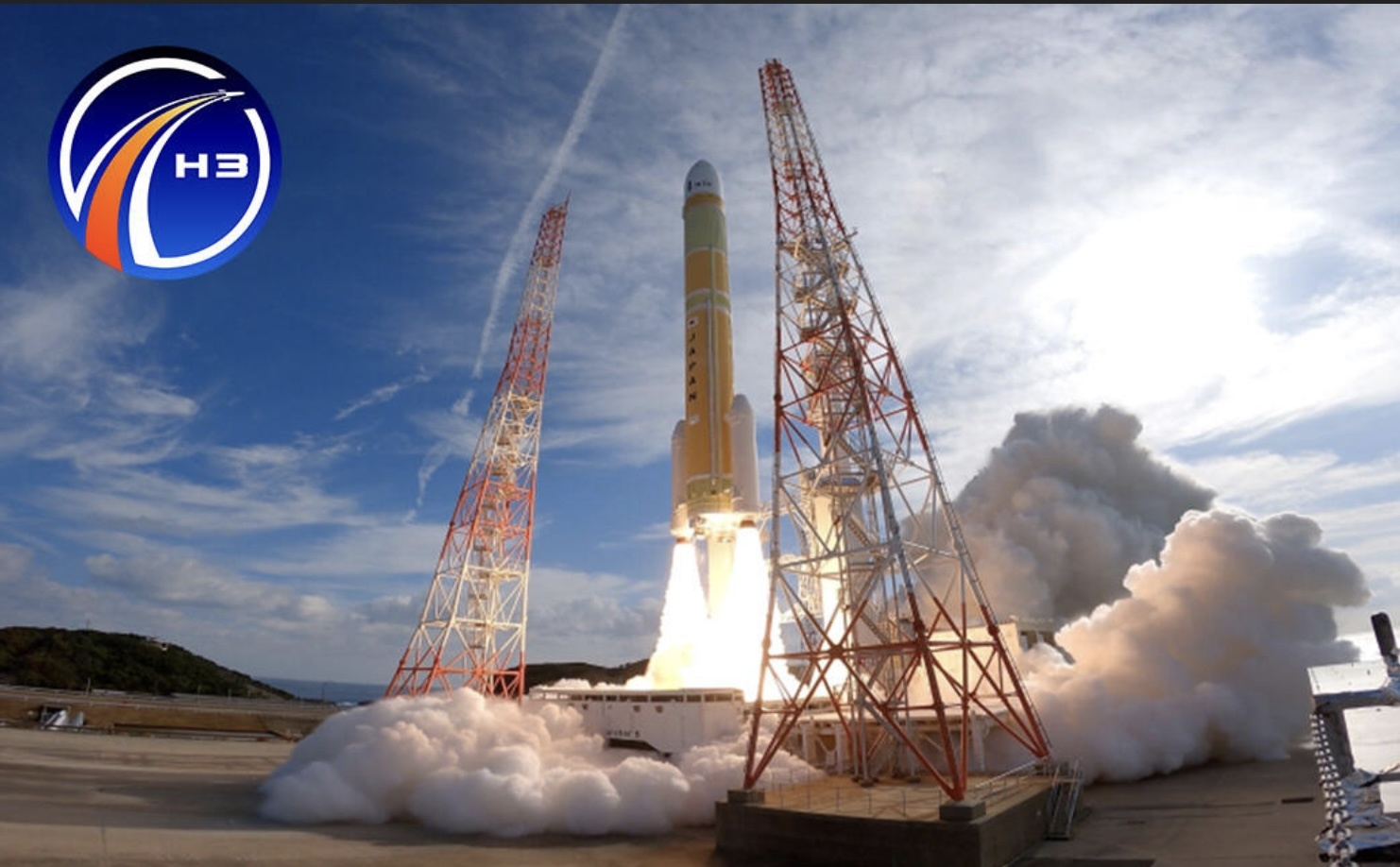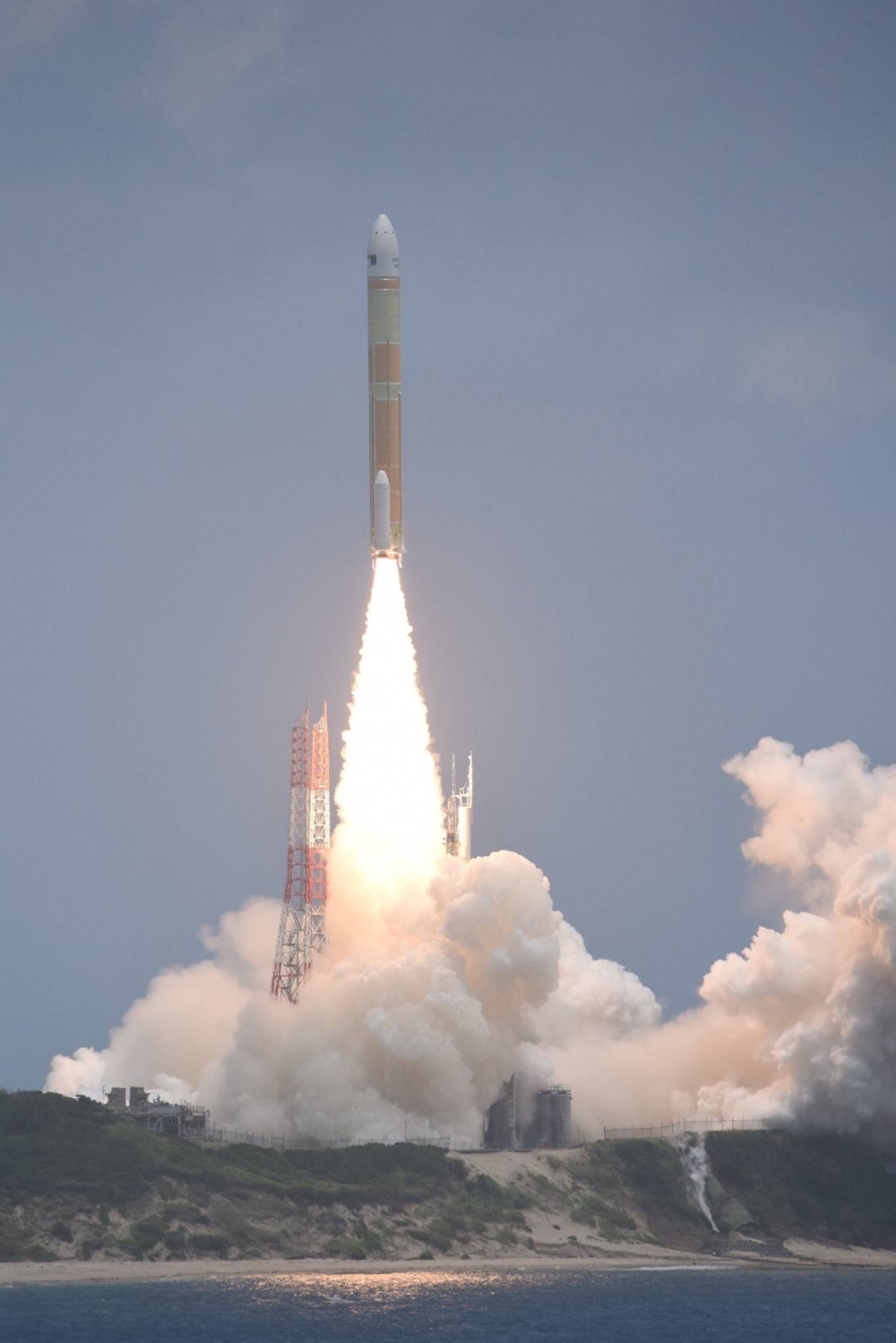The Japan Aerospace Exploration Agency (JAXA) announced Friday that the next launch of its new flagship H3 rocket will take place on June 30 from the Tanegashima Space Center in Kagoshima Prefecture, with a launch window set for just after noon.
The third launch of the H3 will carry the Advanced Land Observing Satellite-4 (ALOS-4), also known as Daichi-4, the successor to Daichi-2, which was developed by JAXA and Mitsubishi Electric and first launched in 2014 (Daichi-3 was lost during a failed H3 rocket launch last year). Daichi-4 has cost the agency and company approximately ¥32 billion.
The ¥32 billion Daichi-4, designed for high-resolution Earth observation, has a 200 kilometer observation range, four times that of Daichi-2, to enable monitoring in adverse conditions, such as at night and in poor weather conditions.
The satellite can detect ground deformation, landslides and other effects of natural disasters like earthquakes, torrential rain and volcanic eruptions. In the event of a disaster, it can quickly assess the extent of damage.
Daichi-4 also includes a receiver for Automatic Identification System (AIS) signals to track ship movements, aiding ocean surveillance. AIS automatically transmits and receives key information about ships, such as call signs, names, positions, courses, speeds and destinations, facilitating communication and information exchange among ships and between vessels and stations on land.
The H3 will follow a set trajectory over the Pacific Ocean, splitting into two stages before releasing the satellite. The rocket's remains are planned to fall into the Indian Ocean.
JAXA has also set July 1 to 31 as a fallback launch period in the event of inclement weather or other unforeseeable circumstances.
Developed by JAXA and Mitsubishi Heavy Industries, the H3 experienced a setback during its first launch last year due to an ignition system failure. However, after implementing corrective measures, the second launch in February was a success.
JAXA aims to launch six H3 rockets annually. The third launch will be closely watched, as it will indicate the rocket's continued reliability.
According to NHK, JAXA is also set to retire the H-2A rocket, its current workhorse, after its 50th launch since it entered serve later this fiscal year, which runs through March 2025, transitioning entirely to the H3 rocket in the next fiscal year.
Quelle: The Japan Times
----
Update: 1.07.2024
.
Japan successfully launches an advanced Earth observation satellite on its new flagship H3 rocket
Japan has succesfully deployed an upgraded Earth observation satellite for disaster response and security after it was launched on a new flagship H3 rocket

TOKYO -- Japan successfully deployed an upgraded Earth observation satellite for disaster response and security after it was launched on a new flagship H3 rocket Monday.
The H3 No. 3 rocket lifted off from the Tanegashima Space Center on a southwestern Japanese island and released its payload about 16 minutes later, putting it into a targeted orbit as planned, the Japan Aerospace Exploration Agency, or JAXA, said during a livestream.
The Advanced Land Observation Satellite, or ALOS-4, is tasked primarily with Earth observation and data collection for disaster response and mapmaking, including for volcanic and seismic activity and other land movements. It's also capable of monitoring military activity, such as missile launches, with an infrared sensor developed by the Defense Ministry.
JAXA President Hiroshi Yamakawa praised Monday's successful launch as “a big first step" toward ensuring Japan's access to space and international competitiveness. “I believe the two successful flights in a row would help gain trust from in and outside the country."
JAXA's H3 Project Manager Makoto Arita said the mission was “almost a perfect success.”
The ALOS-4 is a successor to the current ALOS-2 and can observe a much wider area. Japan will operate both for the time being.
The launch was the third of the H3 system, after the successful one on Feb 17. and the shocking failed debut flight a year earlier when the rocket had to be destroyed with its payload — a satellite that was supposed to be the ALOS-3.
Japan sees a stable, commercially competitive space transport capability as key to its space program and national security.
JAXA and its main contractor Mitsubishi Heavy Industries have been developing the H3 launch system as a successor to its current mainstay, H-2A, which is set to retire after two more flights. MHI will eventually take over H3 production and launches from JAXA and hopes to make it commercially viable by cutting the launch cost to about half of the H-2A.
“We will continue to improve our success record and gain trust from our customers,” said Koji Shimura, H3 project manager at MHI's defense and space segment.
Quelle: abcNews
+++
Launch Time and Launch window of the Advanced Land Observing Satellite-4 “DAICHI-4” (ALOS-4) aboard the third H3 Launch Vehicle (H3 F3) [Rescheduled]


Japan Aerospace Exploration Agency
The Japan Aerospace Exploration Agency (JAXA) set up the schedule for the launch of the Advanced Land Observing Satellite-4 “DAICHI-4” (ALOS-4) aboard the third H3 Launch Vehicle (H3 F3) as specified below.
| Launch Date | : July 1, 2024 |
|---|---|
| Launch Time | : 12:06:42 (JST) * |
| Launch Window | : 12:06:42 (JST) through 12:19:34 (JST) * |
| Reserved Launch Period | : July 2, through July 31, 2024 |


